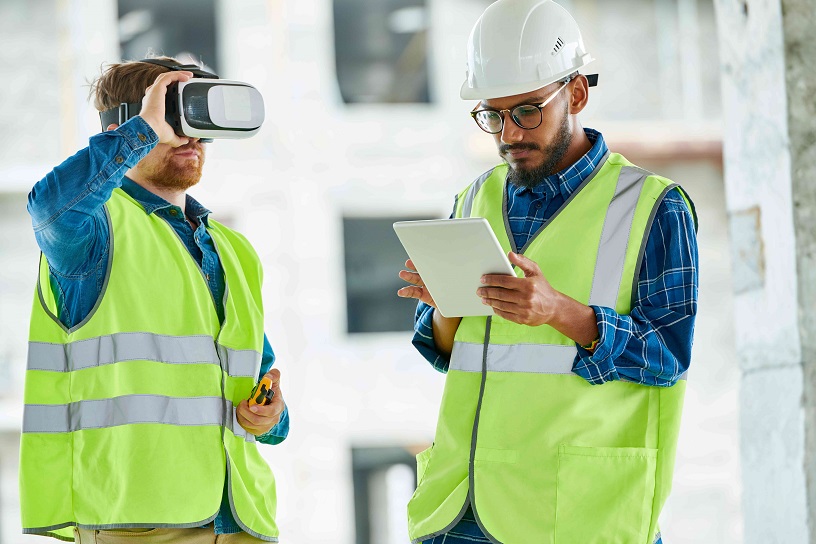Wheatley Group to participate in digital site inspection research
A consortium of researchers is undertaking a project that could pave the way for the mainstream adoption of using digital technologies to remotely inspect construction sites – a move that could underpin a quicker and more efficient sector in Scotland.

Construction Scotland Innovation Centre (CSIC), Local Authority Building Standards Scotland (LABSS), Edinburgh Napier University’s Centre for Offsite Construction and Innovative Structures, Wheatley Group, and Homes for Scotland will support a range of trials for the Scottish Government’s Building Standards Division that compare the quality of remote inspection methods with physical checks.
The project will explore the technologies currently being used, and others that are potentially available, for remote inspection – focussing on accessible and cost-effective options, such as smart phones and tablets. It will also develop guidance around best practice, standardisation of processes, and training materials to support the use of remote inspection.
Greater adoption and understanding of the options available for remote inspection – along with guidance on its implementation – could lead to more efficient construction projects by enhancing capacity for verifications, supporting quicker service delivery, and allowing greater flexibility over inspections.
The initiative builds on the i-Con Challenge, which used advanced digital remote verification techniques – such as virtual and augmented reality (VR and AR) – to identify defects in buildings during the Covid-19 pandemic, when limitations were placed on travel and the ability to carry out physical inspections at construction sites.
Sam Hart, innovation manager at CSIC, said: “All going well, this project could change the way many buildings are inspected. We now have a year of evidence to draw upon and support our conclusions. While i-Con focussed on AR and VR, not every organisation will have access to those types of technologies – it is, therefore, important to gain an appreciation for all the options available, whether it is using tablets, mobile phone footage, or even photos of certain elements of a building.
“During the first part of the programme we will benchmark the success of remote inspection since the Covid-19 began. As part of that, we will look at a range of factors, including the carbon savings made through transport not being required, as well as identifying any issues that emerged.
“Based on those outcomes, we can then make recommendations for standardising remote verification and providing industry-wide guidance. Ultimately, with the appropriate quality standards maintained, we want to make remote building inspections much more mainstream, rather than a one-off because of Covid-19.”









